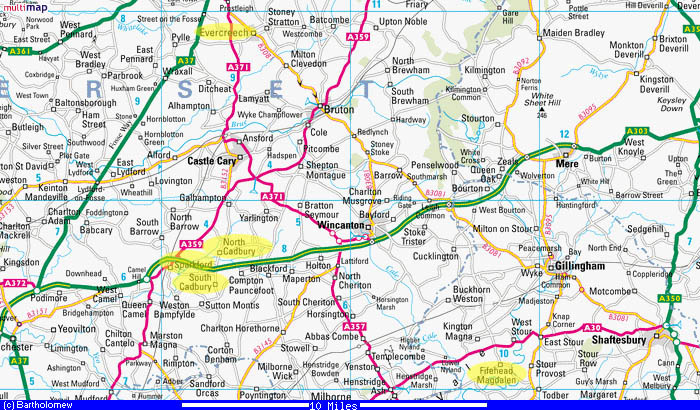
Copied from a circular letter received from "Charter Gallant & Co, Researchers & Purveyors of Ancestral Title Assets, Genealogical Researchers since 1996":
History: William the Conqueror, Duke of Normandy, introduced feudalism into England following the Battle of Hastings in 1066. After the Conquest the King alone owned all the land of England except for that which he gave to Earls, Barons and others in return for their liability for military service. The person holding feudal land directly off the King was known as a Tenant-in-chief. To obtain Knights for the King's service the Tenants-in-chief sub-infeuded some of their land and this process produced a level of authority know as the Lords of the Manors.
The Manor: The Manor was a unit of estate administration and typically contained a village church and a Manor house that was built on land near a river or stream. Agricultural land consisted of numerous arable fields in which the inhabitants held scattered strips. An important part of manorial administration was the manor court, a periodic meeting of the tenants, presided over by the Lord of the Manor or his steward. The purpose of the court was to administer the agriculture of the manor, the Lord's and tenant's rights and duties, and disputes between tenants.
The Newmans owned several estates of significance in the West Country: one at Fifehead Magdalen is located in Dorset; others at Evercreech Park, Sparkford Manor, North Cadbury,South Cadbury and Queen Camel are all located in Somerset, while Thorbury Park is located in Goucestershire.
Fifehead was leased by the Newmans from the early 16th century and was bought by Richard Newman (d.1695) around 1660. The Sparkford estate was the first to be owned by the family, having been purchased in 1610 by Thomas Newman (d.1649) or Richard Newman (d.1664). Evercreech was purchased by Richard Newman around 1657 and the Cadbury estates in 1685. Little is currently known about the Queen Camel estate which appears to have become part of the Newman's property portfolio sometime between the 15th and 18th Centuries..
The locality of four of these estates is highlighted in yellow on the map below. Queen Camel can be found a mile or two southwest of South Cadbury.

Richard Newman left the Fifehead and Evercreech estates to his eldest son's son Sir Richard Newman, while the Sparkford and Cadbury estates were left to his youngest son, Francis Holles Newman. Fifehead and Evercreech was passed down to Sir Richard Newman's childless offspring, Evercreech being sold in 1773. Fifehead was sold to the incumbent vicar when Sir Richard's last surviving daughter died in 1775. . On the other side of the family, the Sparkford and Cadbury estates were taken over by the Bennett family in or before on the death of Francis Newman of North Cadbury in 1796, the Bennetts having purchased the inheritance of Francis's nephew Francis.
The Newmans also held estates at Thornbury Park in Gloucestershire and Preston Deanery in Northamptonshire, together with (seemingly) innumerable other lands and farms in the counties of Somerset and Dorset and probably beyond. These I have not yet attempted to catalogue.
In addition to these estates, I have prepared separate pages for several other buildings and locations which were owned or named after the Newmans, including the houses and locations in Somerset in which I grew up.